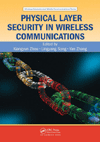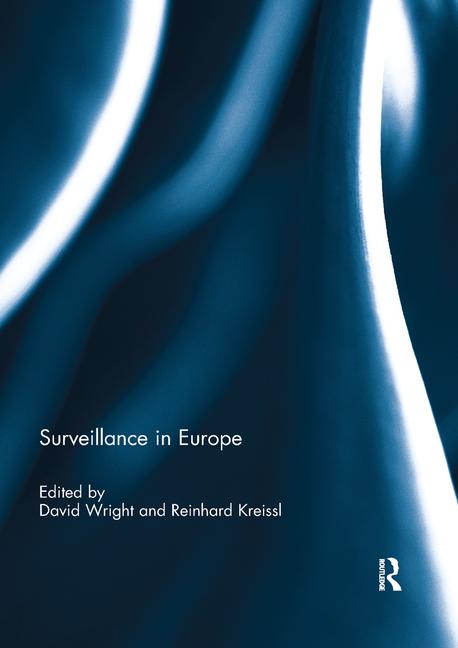Antiobiotic-Resistant Bacteria Named in New List

The World Health Organization (WHO) has published its first-ever catalogue of antibiotic-resistant bacteria that pose the greatest threat to human health.
The list of priority pathogens consisting of 12 families of bacteria was drawn up to guide and promote research and development (R&D) of new antibiotics.
Marie-Paule Kieny, WHO’s Assistant Director-General for Health Systems and Innovation warned that the global healthcare community is fast running out of treatment options, and if left to market forces alone, the new antibiotics people most urgently need would not be developed in time.
The list highlights in particular the threat of “gram-negative” bacteria that are resistant to multiple antibiotics. These bacteria have built-in abilities to find new ways to resist treatment and can pass along genetic material that allows other bacteria to become drug-resistant as well.
The WHO list is divided into three categories according to the urgency of need for new antibiotics: critical, high and medium priority.
The most critical group of all includes multidrug resistant bacteria that pose a particular threat in hospitals, nursing homes, and among patients whose care requires devices such as ventilators and blood catheters. Such bacteria have become resistant to a large number of antibiotics, including carbapenems and third generation cephalosporins – the best available antibiotics for treating multi-drug resistant bacteria.
The list is intended to spur governments to put in place policies that incentivize basic science and advanced R&D by both publicly funded agencies and the private sector investing in new antibiotic discovery.
Looking for a reprint of this article?
From high-res PDFs to custom plaques, order your copy today!








